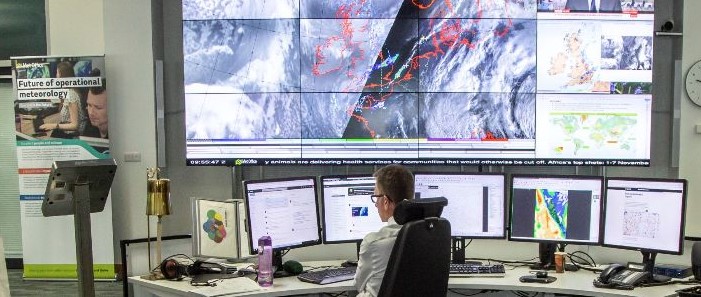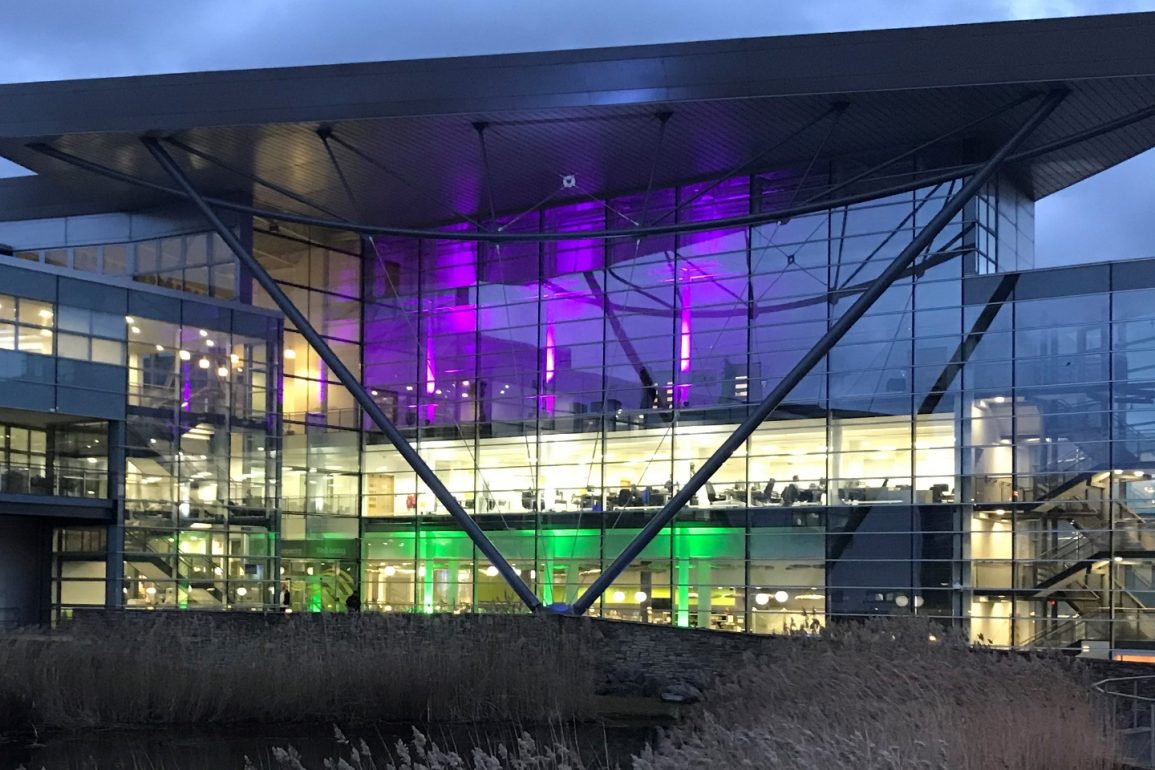In 1991, the Met Office installed its first supercomputer, sparking hopes for highly accurate UK weather forecasts extending days, weeks, and even months ahead.
However, optimism faded as it became clear that despite the supercomputer’s immense computational power, the accuracy of forecasts was heavily dependent on the quality of the input data.
While short-term forecasts have seen significant improvements, the Met Office faced a notable setback in 2009. They predicted a “barbecue summer” in April, only to issue an apology in July after widespread flooding occurred across the country.

Currently, the Met Office claims that its minimum temperature forecasts are 86.5% accurate, within a margin of ±2°C for the first night, and daytime maximum temperature forecasts are 95% accurate.
However, the reliability of three- to five-day forecasts remains challenging. Discrepancies between predicted and actual weather conditions can be significant.
For instance, a recent cold spell in the southeast was forecasted to be brief but persisted for an additional five days, with temperatures plummeting to -8°C and none of the anticipated frost-free nights materializing.
Thirty years later, despite advancements in computing power, the unpredictable British weather continues to challenge even the most sophisticated forecasting technology.

